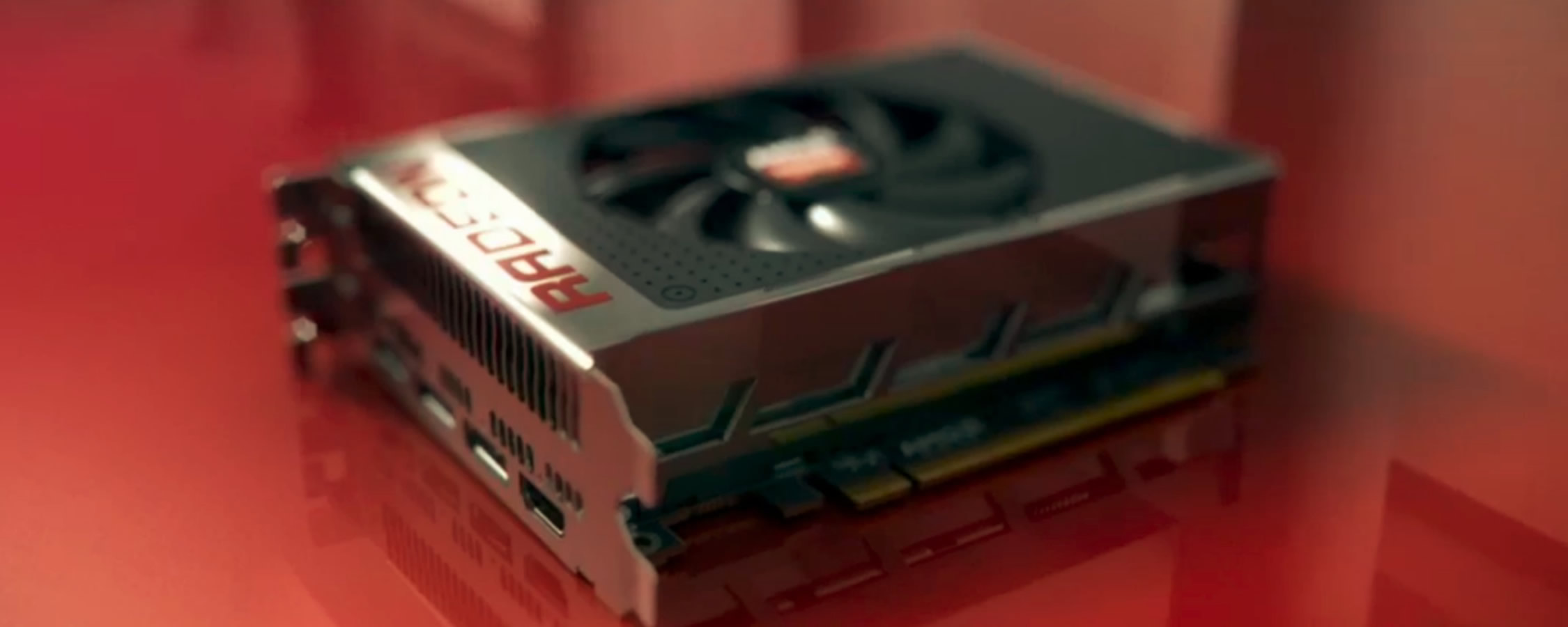Benchmarks: Crysis 3, BioShock Infinite
Test System Specs
- Intel Core i7-5960X (3.00GHz)
- x4 4GB Kingston Predator DDR4-2400 (CAS 12-13-13-24)
- Asrock X99 Extreme6 (Intel X99)
- Silverstone Strider Series (700w)
- Crucial MX200 1TB (SATA 6Gb/s)
- Radeon R9 Fury X (4096MB)
- Radeon R9 Nano (4096MB)
- Radeon R9 Fury (4096MB)
- Radeon R9 390X (8192MB)
- Radeon R9 390 (8192MB)
- Radeon R9 295X2 (2x 4096MB)
- Radeon R9 290X (4096MB)
- Radeon R9 290 (4096MB)
- GeForce Titan X (12288MB)
- GeForce GTX 980 Ti (6144MB)
- GeForce GTX 980 (4096MB)
- GeForce GTX 970 (4096MB)
- GeForce GTX 780 Ti (3072MB)
- GeForce GTX 780 (3072MB)
- Microsoft Windows 10 Pro 64-bit
- Nvidia GeForce 355.82 WHQL
- AMD Catalyst 15.8 Beta

The R9 Nano averaged 44fps at 1600p and just 25fps at 4K when testing with Crysis 3, just 2fps slower than the Fury and 3fps slower than the Fury X at 4K. It was also 3fps or 14% faster than the GTX 980 but 3fps slower than the GTX 980 Ti or a -11% deficit.

The R9 Nano averaged 84fps at 1600p and 50fps at 4K when testing with BioShock Infinite, just 4% slower than the Fury at 4K and 32% faster than the R9 390X. It was also 25% faster than the GTX 980 but 2% slower than the GTX 980 Ti.
